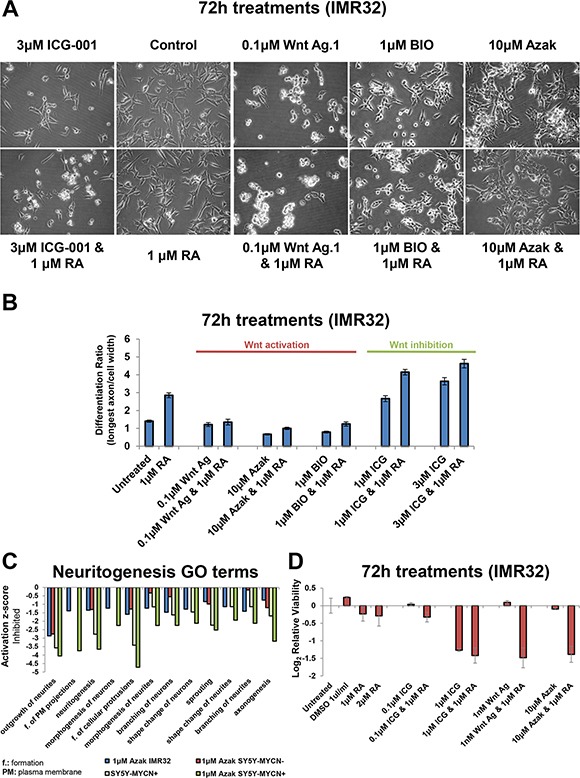Figure 6. Wnt inhibition promotes differentiation while activation promotes stemness.

(A) Imaging of IMR32 cells treated for 72 h with Wnt inhibitor (ICG-001) or Wnt activators (Wnt agonist 1, azakenpaullone and BIO) singly, or in combination with Retinoic Acid (RA). All panels are imaged at 40x magnification. (B) The differentiation ratio of IMR32 cells treated for 72 h with individual agents or combination treatments with RA, was calculated by dividing the length of the longest axon of a cell by the cell's width. Measurements made using ImageJ v1.44p (http://imagej.nih.gov/ij). Range of measured cells (N) per treatment group is 50-171. Error bars depict the standard error of the mean. (C) IPA disease and function GO term analysis of RNA-seq samples revealed that differentially expressed genes upon 24 h azakenpaullone treatment (in IMR32 or SY5Y-MYCN) or 48 h MYCN overexpression (SY5Y-MYCN), and combination treatment (SY5Y-MYCN) were enriched for differentially expressed genes associated with the inhibition of neuritogenesis. SY5Y-MYCN- denotes un-induced cells, whereas SY5Y-MYCN+ refers to cells in which MYCN overexpression was induced for 48 h. Values are relative to those of the respective controls (IMR32 and SY5Y-MYCN untreated cells). (D) Cell viability analysis of IMR32 cells treated for 72 h with individual agents or combination treatments with RA, as detected by MTS assay.
